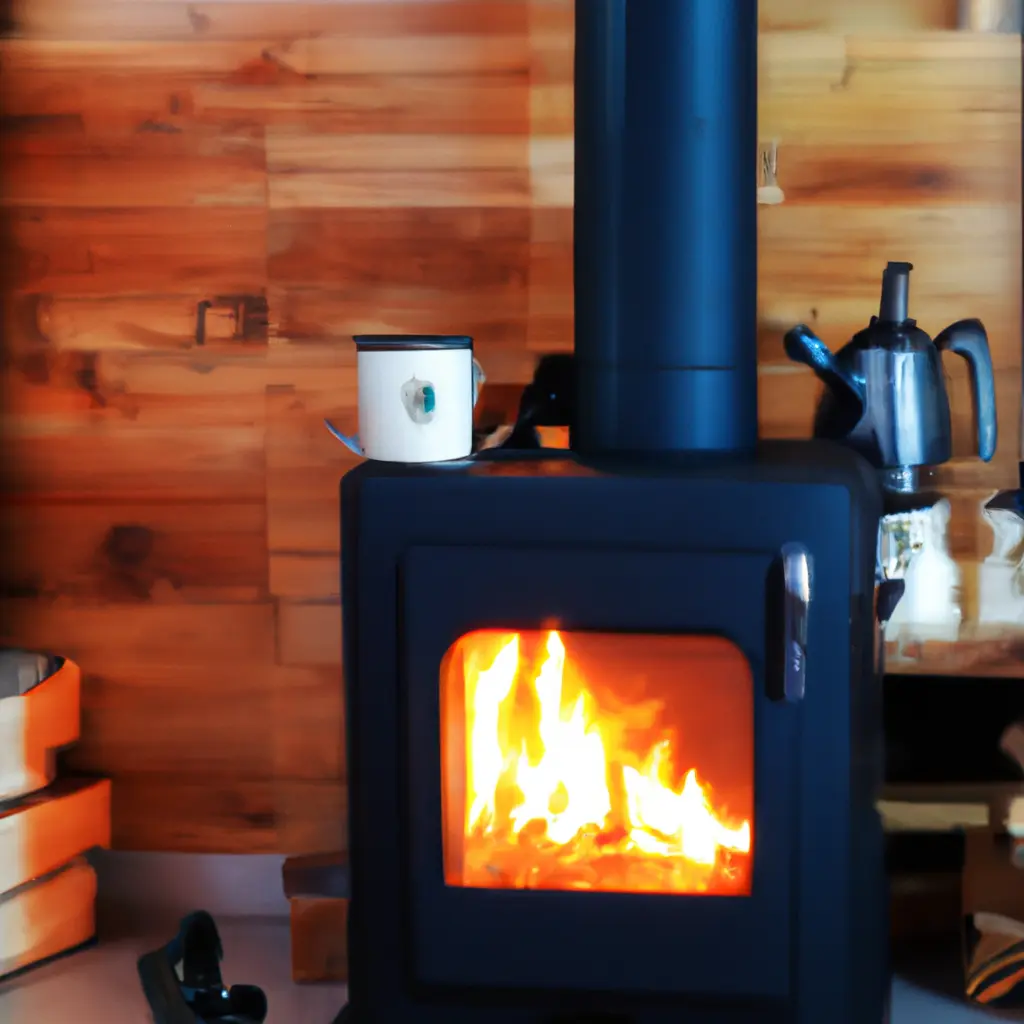"Choosing a pellet stove or a wood-burning stove: which one is better?"

In2022, sales of wood and pellet stoves increased by almost30%. The energy crisis and rising gas prices have created an important niche in the home heating equipment market.
Italy at that time already had more than 8.3 million old stoves and fireplaces, a quarter of which were pellet-fired, mostly wood-fired. At the same time, pellet prices increased by 175% from 2021, when the average price for a 15 kg bag was 4.35 euros, to 12 euros in 2022.
In 2023, VAT on pellets has dropped from 22% to 10%, while the shift from fireplaces to more environmentally friendly and sustainable appliances continues. "Stoves, fireplaces, wood and pellets contribute to atmospheric pollution, affecting air quality inside homes and public health," spoke of Alessandro Miani, president of the Italian Society for Environmental Medicine.
In Italy, open fireplaces emit 3,679 tons of PM10 into the atmosphere each year, while closed fireplaces emit 2,401 tons. Wood stoves emit 2651 tons of PM10. Thus, eco-transformation is not a straightforward path, as many Italians still use heating systems in their homes. In addition, not everyone can afford the significant and immediate investment to switch to a different type of heating.
But today, which one to choose? Here's how to make the right choice. What is better - a pellet stove or a wood stove?
Advantages and disadvantages of a wood stove
A wood stove certainly has its advantages. Here are some of them in brief:
- It is self-contained (not dependent on electricity and can be used as needed);
- Costs less than a pellet stove (at the same capacity costs half as much);
- Firewood costs less than pellets and is even available for free in some sparsely urbanized areas;
- A wood stove creates a stronger psychological and aesthetic impression (the concepts of hearth, fireplace, and burning flames may be important in some more traditional homes).
But the wood stove also has disadvantages that can be briefly listed:
- It needs to be serviced manually (fire control and firewood);
- A place is needed for storing firewood.
- Transportation can be challenging.
- It generates less heat than a pellet stove.
- Constant and thorough maintenance is required (cleaning of ash, chimney, monitoring of dust that is harmful to health).
Comparison of pellet and wood stoves
Pellet pyrolytic stoves (pyrolytic ovens or pellet fireplaces) with a power of less than 35 kW should only use biomass of class A1.
Of course, unlike a wood-burning stove, a pyrolysis or pellet system is more expensive (up to 6000 euros for a large house), but this investment pays off in the long run, as it is partially covered by eco-bonuses and allows for savings on fuel. A 15 kg bag of pellets currently costs an average of 18 euros, which with a 10% VAT amounts to about 20 euros. An 8 kW stove in an apartment of about 90 square meters, operating 12 hours a day on the coldest days, will require about 150 bags weighing 15 kg for 130 cold days a year. Over the year, pellets will cost us 3000 euros (150 bags x 20 euros). If we were to purchase pellets in bulk and stockpile them, we could save half.
Another piece of advice is to periodically review regional grant programs for citizens who choose biomass or install thermal solar panels to replace traditional boilers. Savings from using a pellet stove can be achieved in the medium and long term.
On the other hand, for a wood stove, we will need at least 1 kW to heat just one room with an area of 10 to 20 square meters. A wood stove is cheaper (both in terms of installation and fuel), but the calculations must take into account the ongoing maintenance costs, inefficiency in heat output, and the need to pay attention to health and air quality. In fact, one burning cycle requires at least 15 kg of wood in just one and a half hours of burning. In a house with an area of 90/100 square meters, an average of 6 to 30 kg of wood is needed, depending on how well the house is insulated.
Comment
Popular Posts
Popular Offers

Subscribe to the newsletter from Hatamatata.com!
Subscribe to the newsletter from Hatamatata.com!
I agree to the processing of personal data and confidentiality rules of Hatamatata














